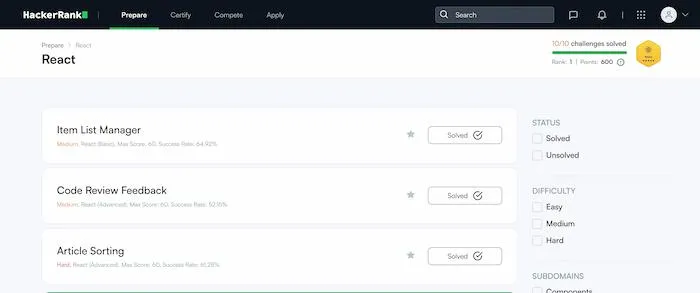New Advent of Code, new attempt
Every year I start solving Advent of Code.
Okay, I was sure that I did it every year, but it looks like I only did it in 2021 and 2022 — and after that I took a break. It seems like moving to a new country, changing jobs, and emigrating can change your memory or perspective.
But nevertheless — I started to solve it this year again. And great part about it that I not only have a awesome time, trying to solve problems and tickling my brain, but also I learn new things.
Discoveries at this moment:
-
The technique (or pattern, or special data structure) of a monotonic stack for solving problems. Basically, it’s a stack (obviously) whose elements are always increasing or always decreasing. I liked the explanation from here (clear example + list of related LeetCode problems) and here (interactive example of building a monotonic stack + when to apply it). I needed it for the Day 3 Part 2 problem, where I had to define the biggest possible number that I could construct from a sequence of numbers.
-
structuredClonemethod for creating deep clones of values in JS — very handy with arrays and objects. I almost wrote the familiarJSON.parse(JSON.stringify(arr)), but stopped for a moment and searched. I remembered that there is a newer API I can use. Powerful, but with some limitations (as everything good in this world): for example, functions and DOM nodes cannot be cloned with structuredClone. You can find some details about the algorithm on MDN.
